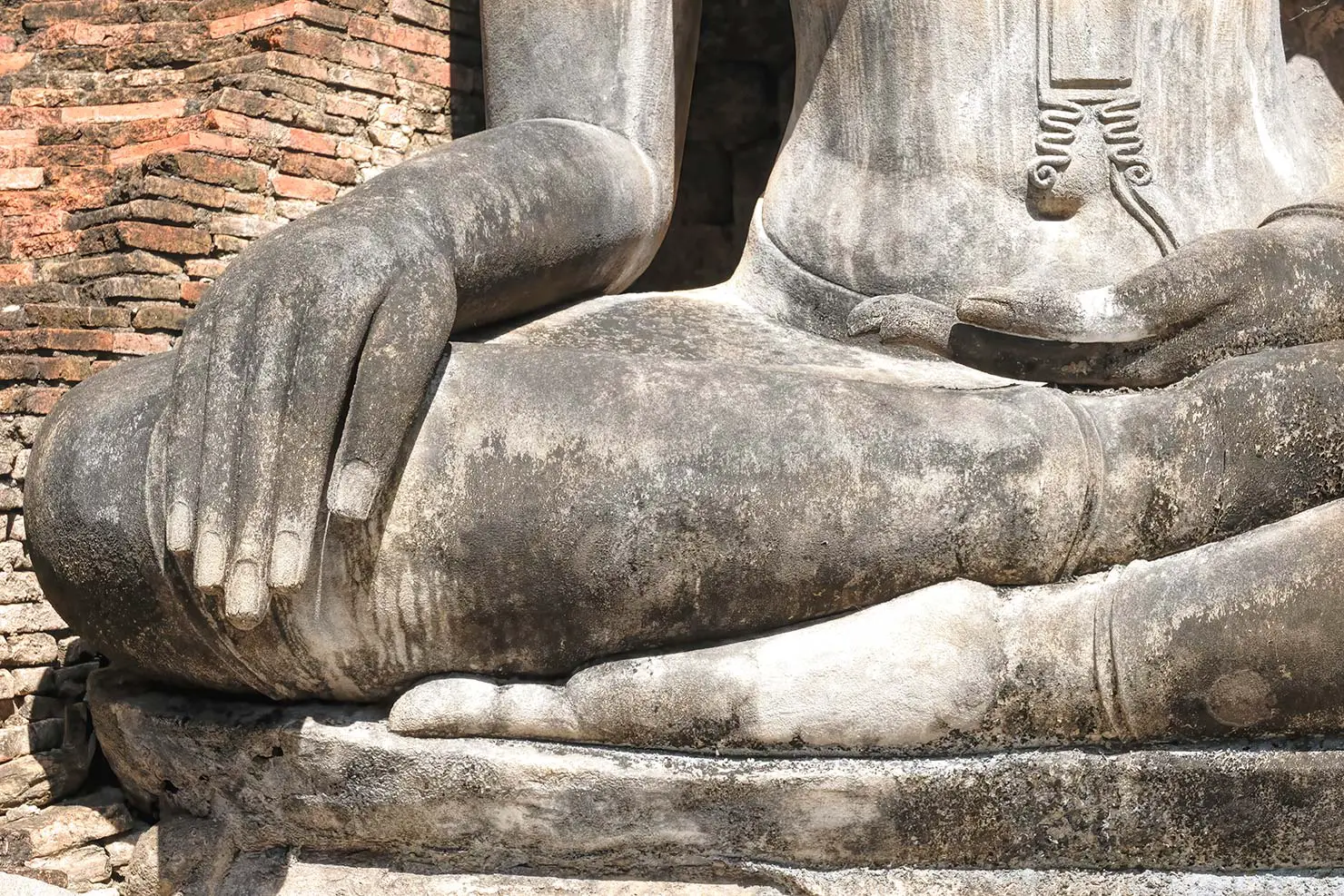There’s no doubt that the COVID-19 pandemic was a scourge on the earth, however for me there were a few silver linings amongst the lockdowns and quarantines. One of those silver linings was simply being in Thailand, where the cases were very low and the deaths even lower. To date, with a population of about 70 million (20% of the population of the U.S.) Thailand has had slightly less than 30,000 deaths from COVID. Not only did I feel safer here than I would have in almost any other place in the world, but being unable to travel outside of the country forced me to finally visit some Thai destinations that had long been on my wish list. The most wondrous of these were the ruins of the ancient capital city of Sukhothai and its historic spiritual center of Si Satchanalai.
Archeologists believe that Sukhothai was originally part of the Khmer Kingdom, the precursor to present day Cambodia. Constructed during the 12th or early 13th century, it was inhabited by Mon and Khmer people. The original city featured numerous Hindu temples and an extensive network of canals and retention ponds similar to those found at the famous ruins at Angkor Wat, Cambodia. Over time, large numbers of Tai ethnic people migrated from southwest China and intermarried with the locals. Outsiders referred to the Tai as Siam, from which the term Siamese emerged.
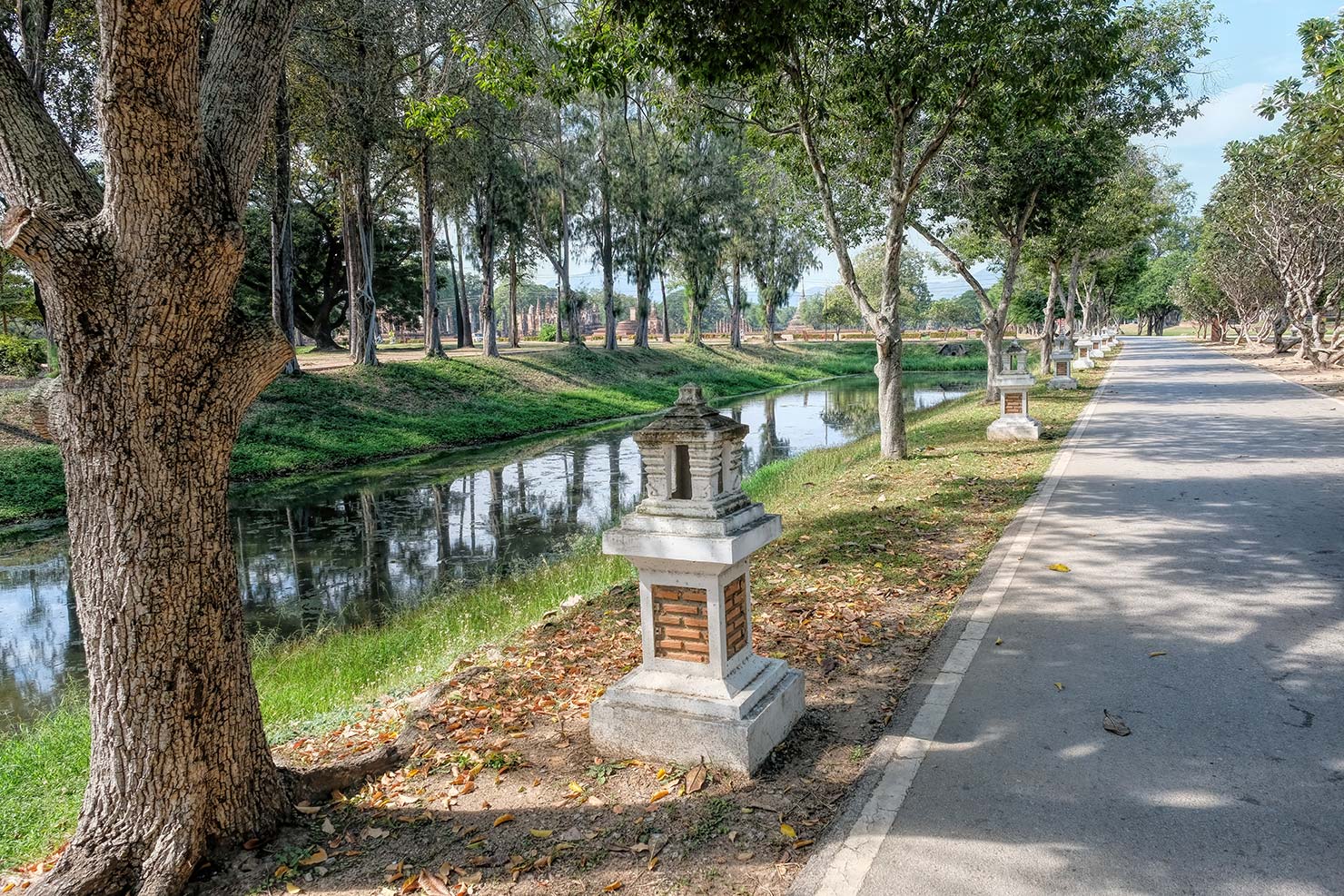

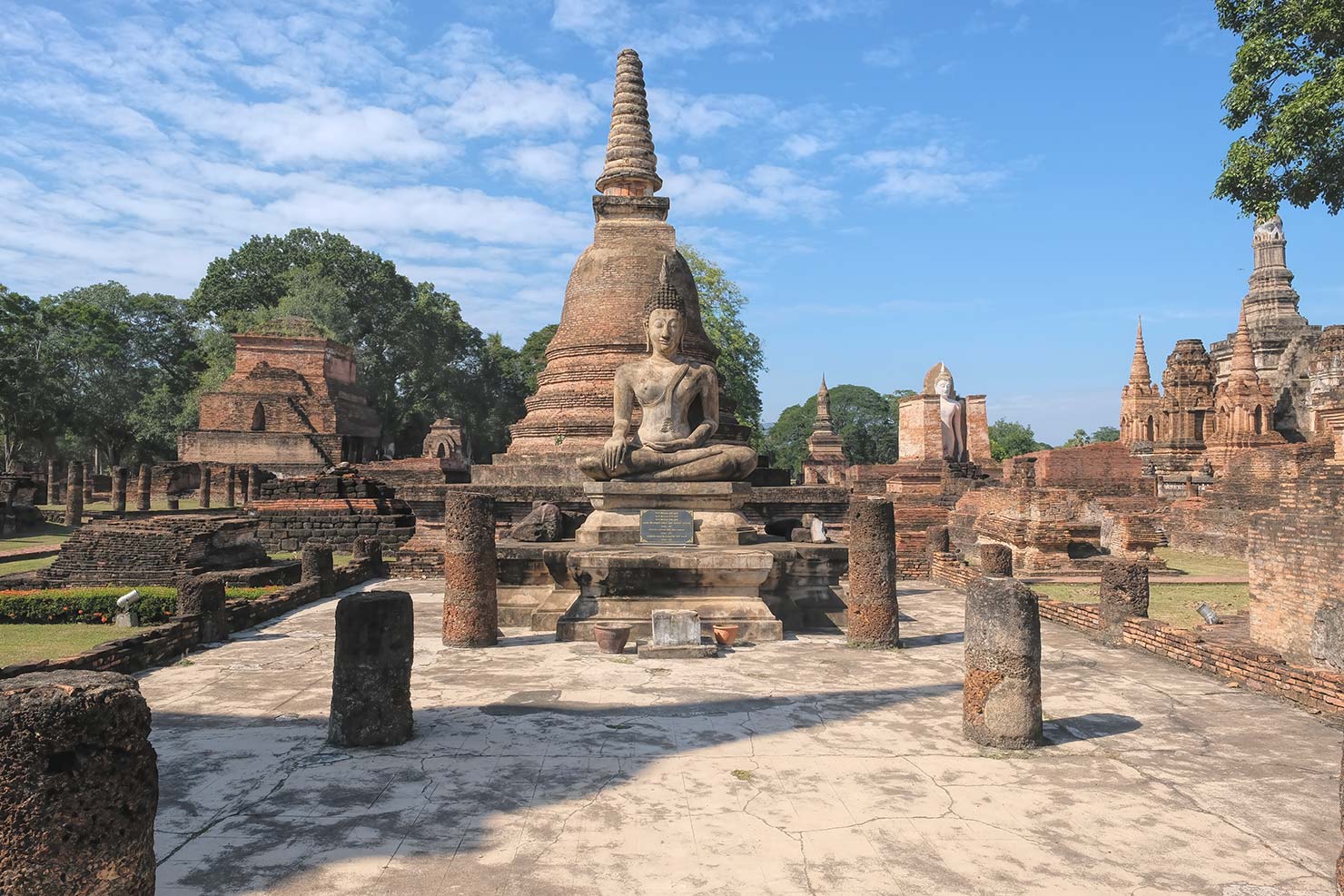
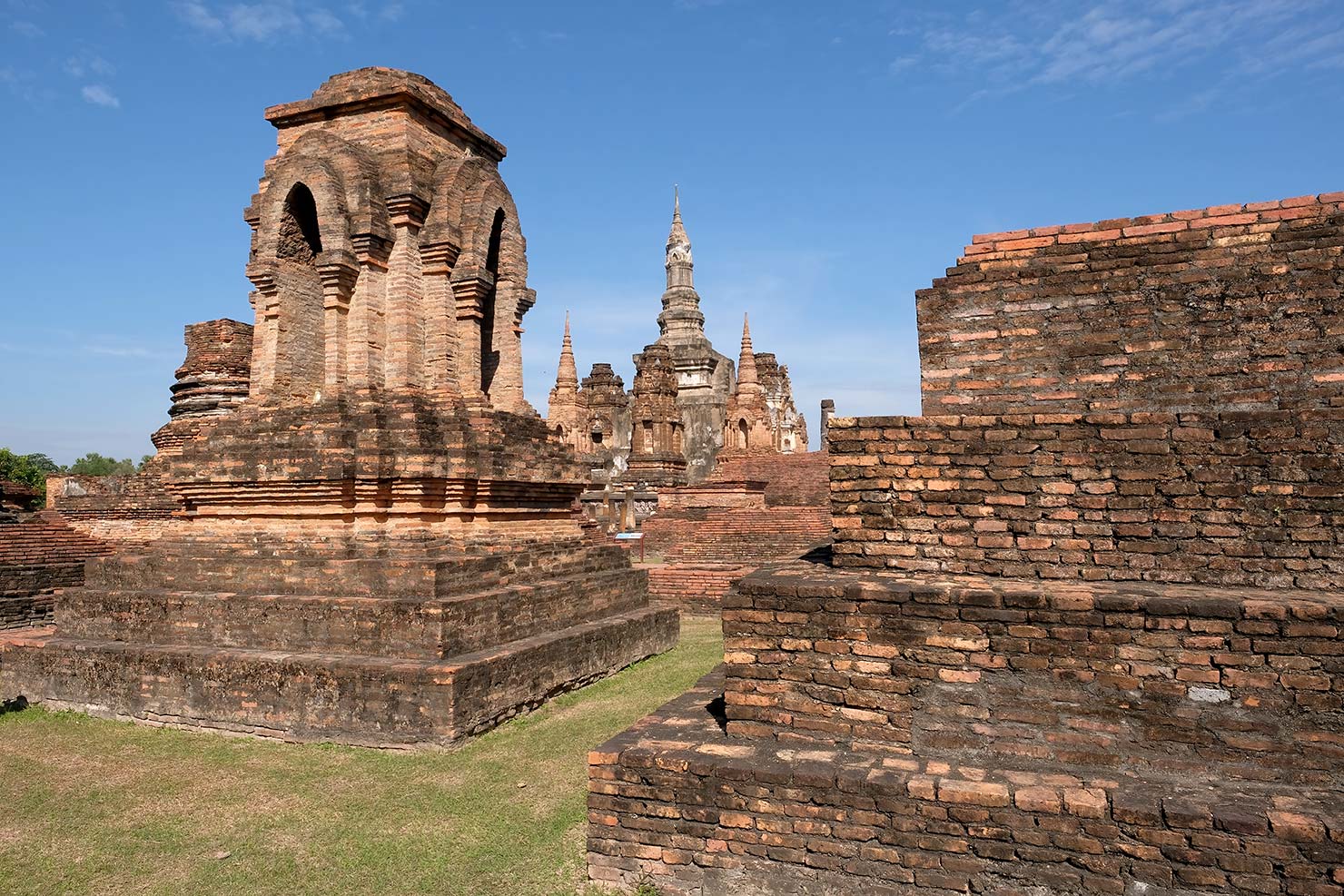
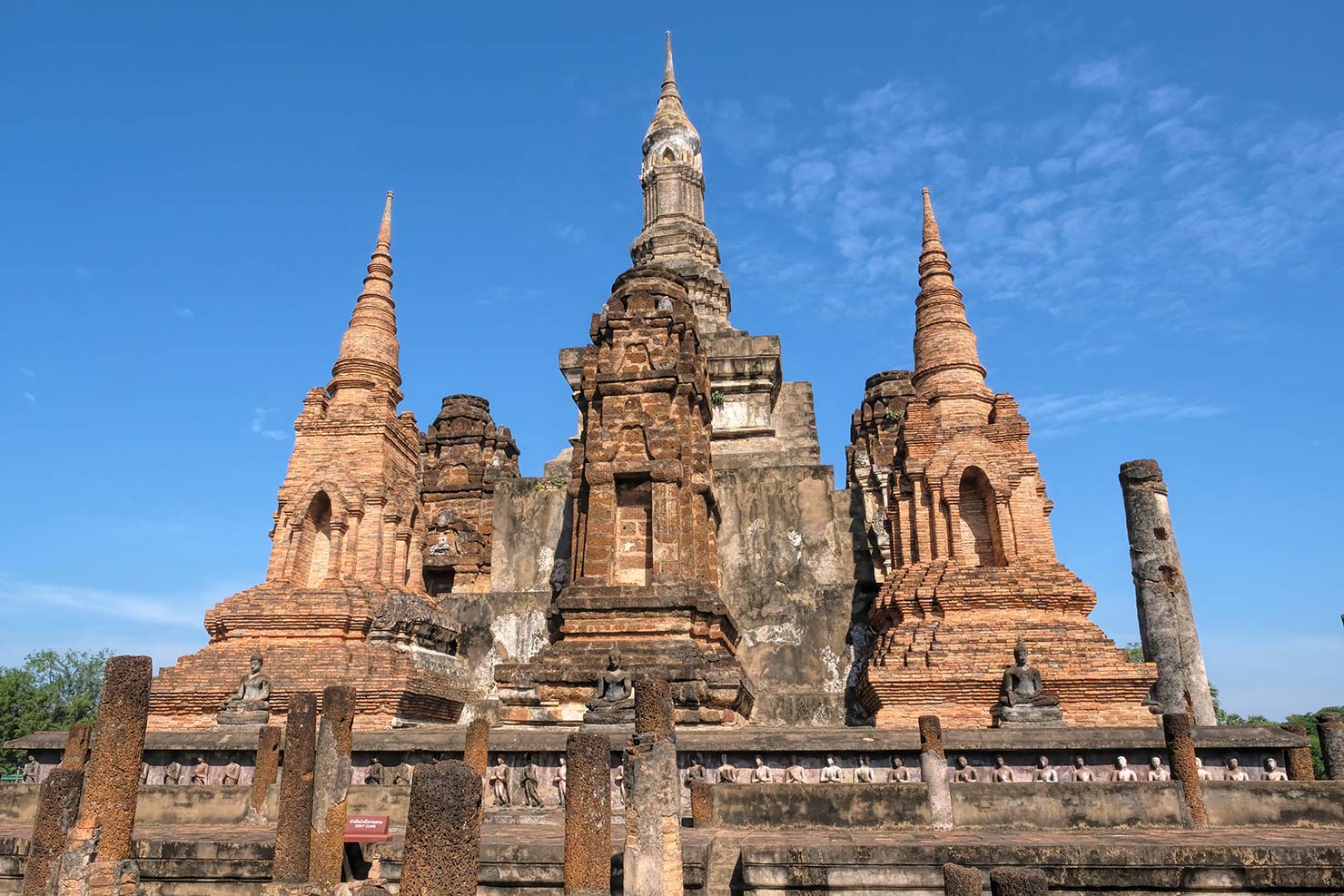
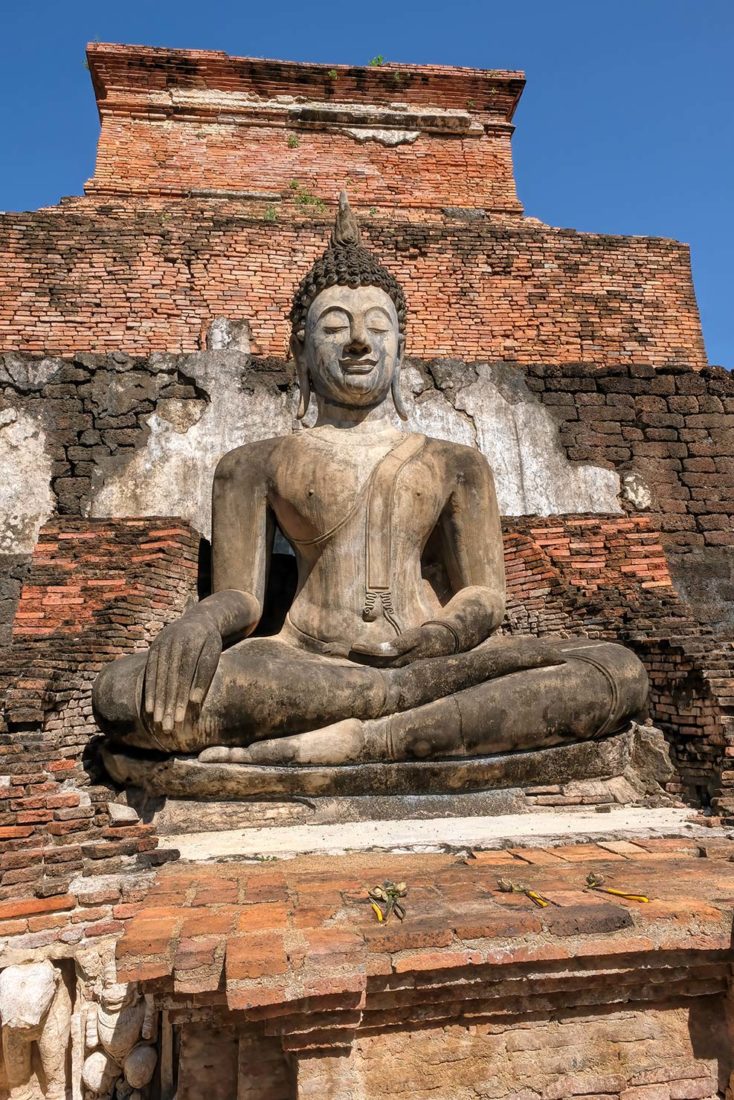
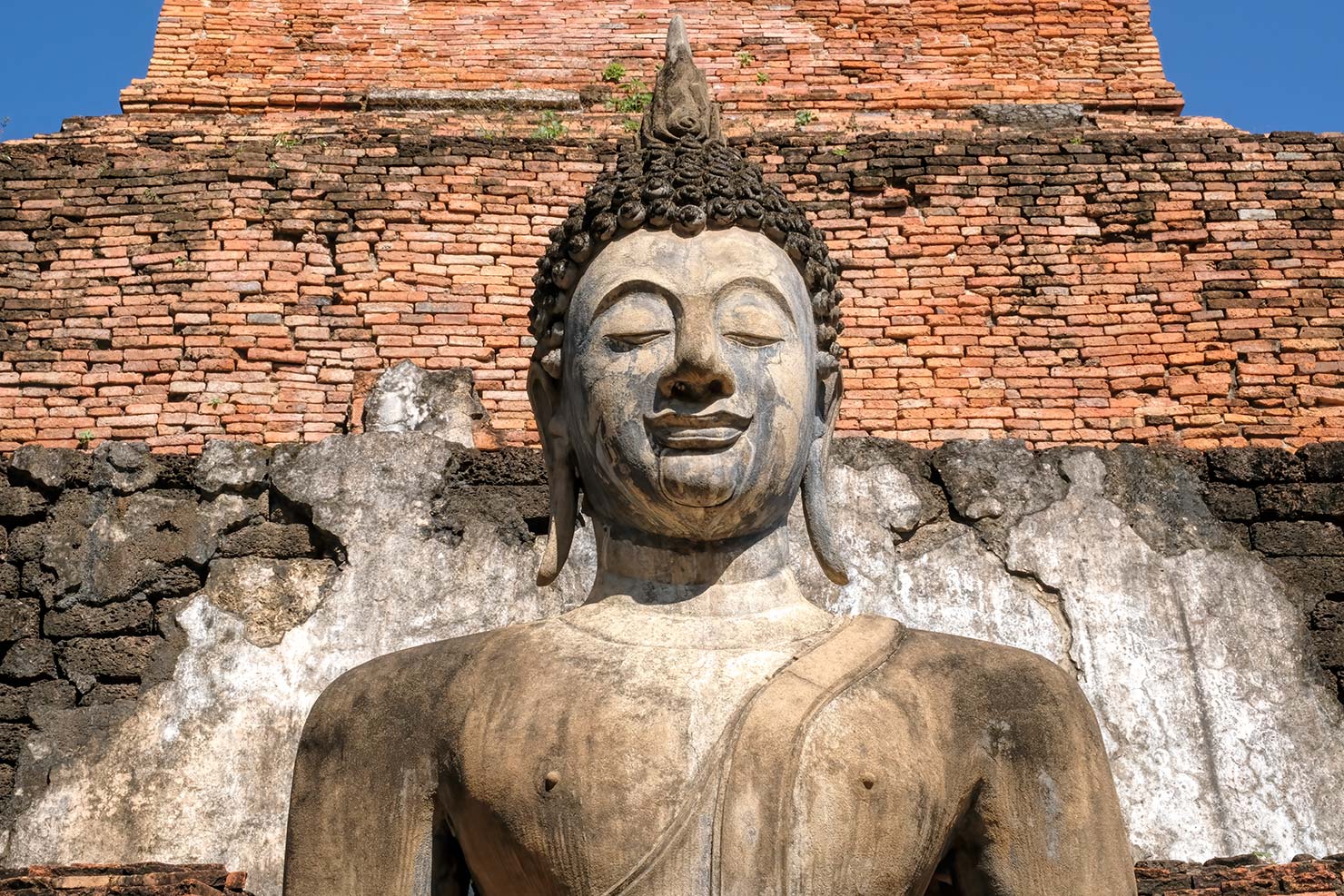
After years of warfare with neighboring kingdoms, the Khmer Empire fell into decline. By the dawn of the 13th century, the Tai had won independence from their Khmer rulers. Led by King Si Inthrathit, the villages of central Thailand coalesced into the Kingdom of Sukhothai, becoming the first national capital of what is today Thailand.
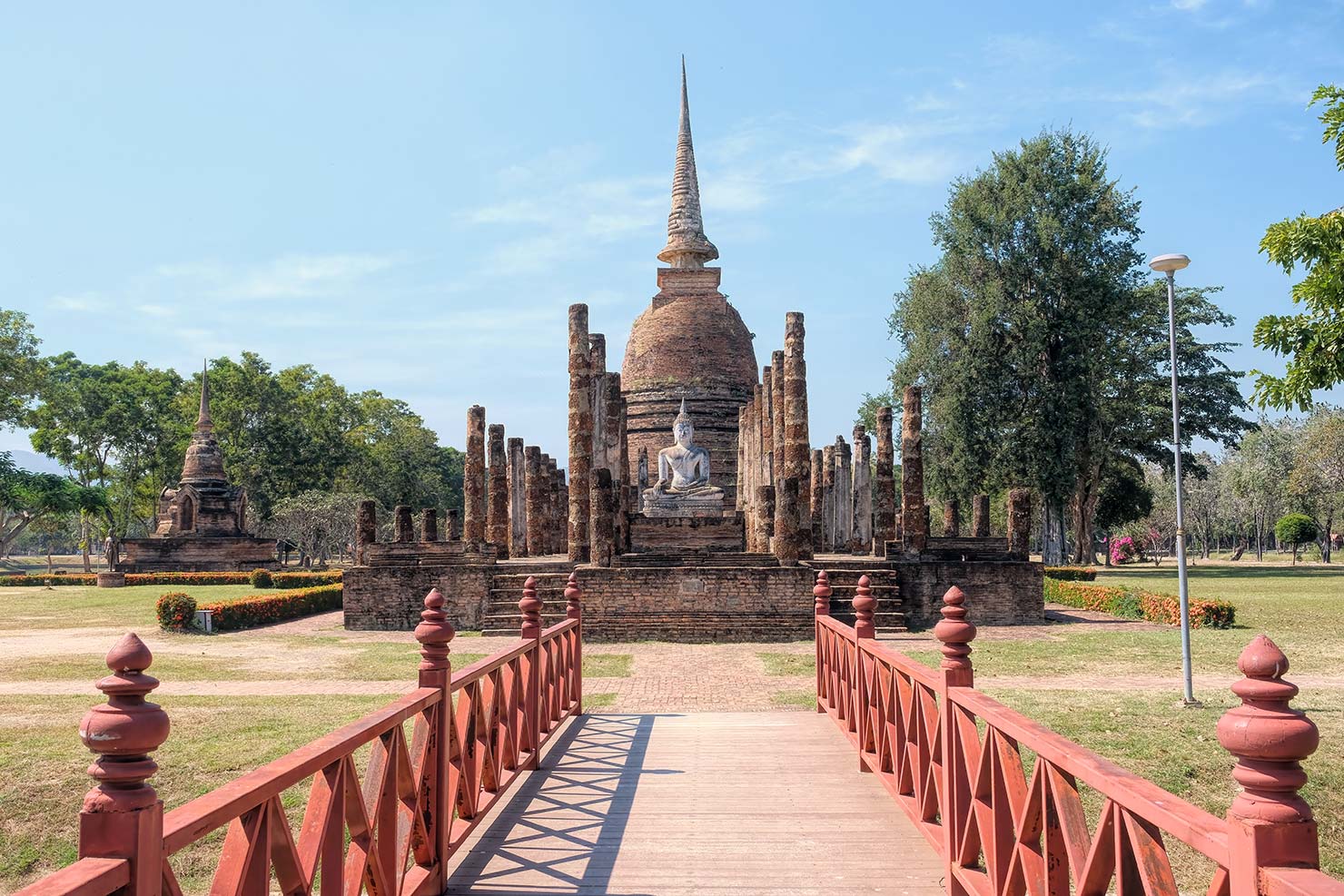
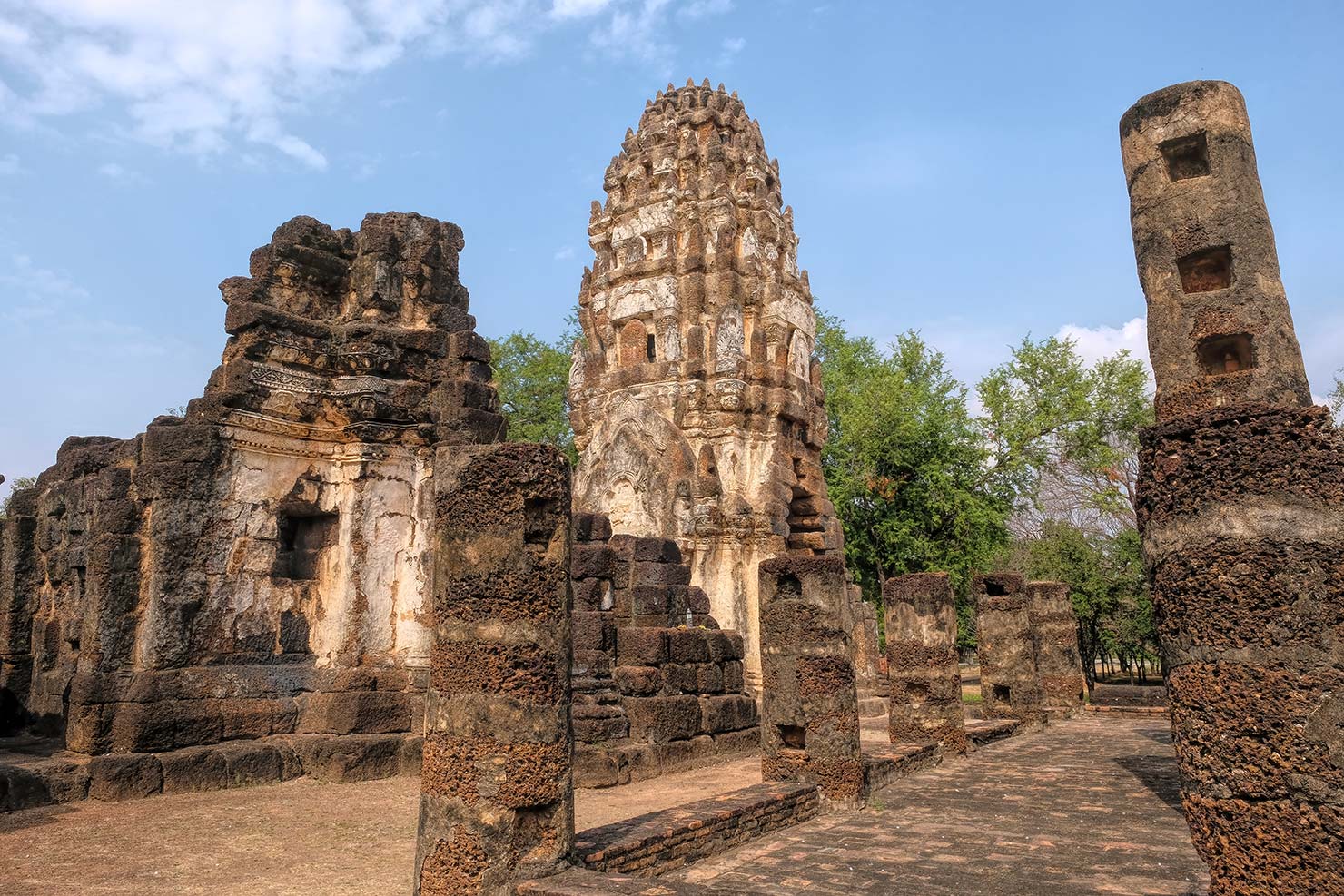
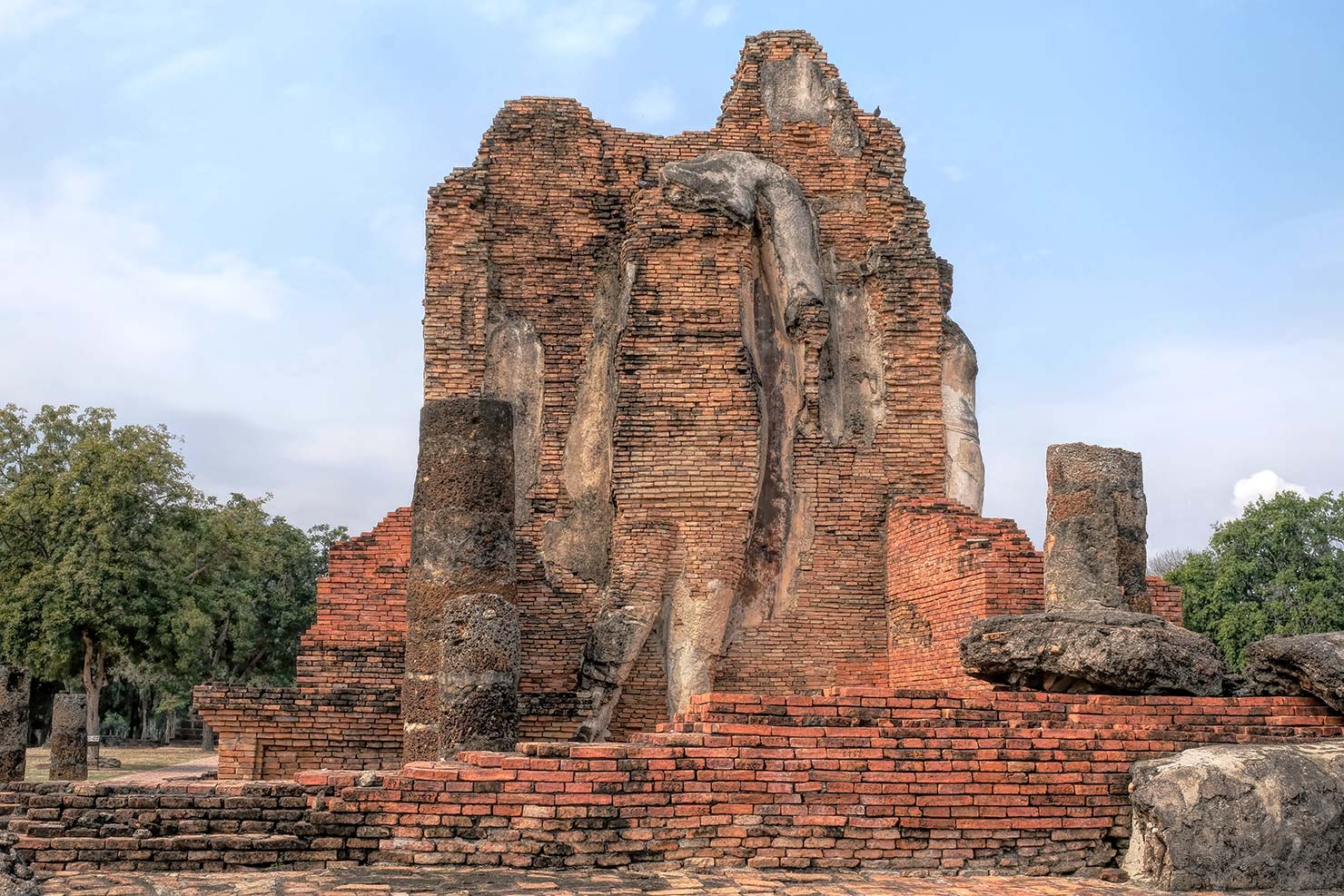
King Ram Khamhaeng, son of Inthrathit, expanded the boundaries of the kingdom and adopted Theravada Buddhism as the official religion. Successors of Inthrathit and Khamhaeng brought architects and engineers to Sukhothai to build Buddhist temples and monasteries. The facades of the completed structures were plastered with stucco and covered with elaborate carvings.
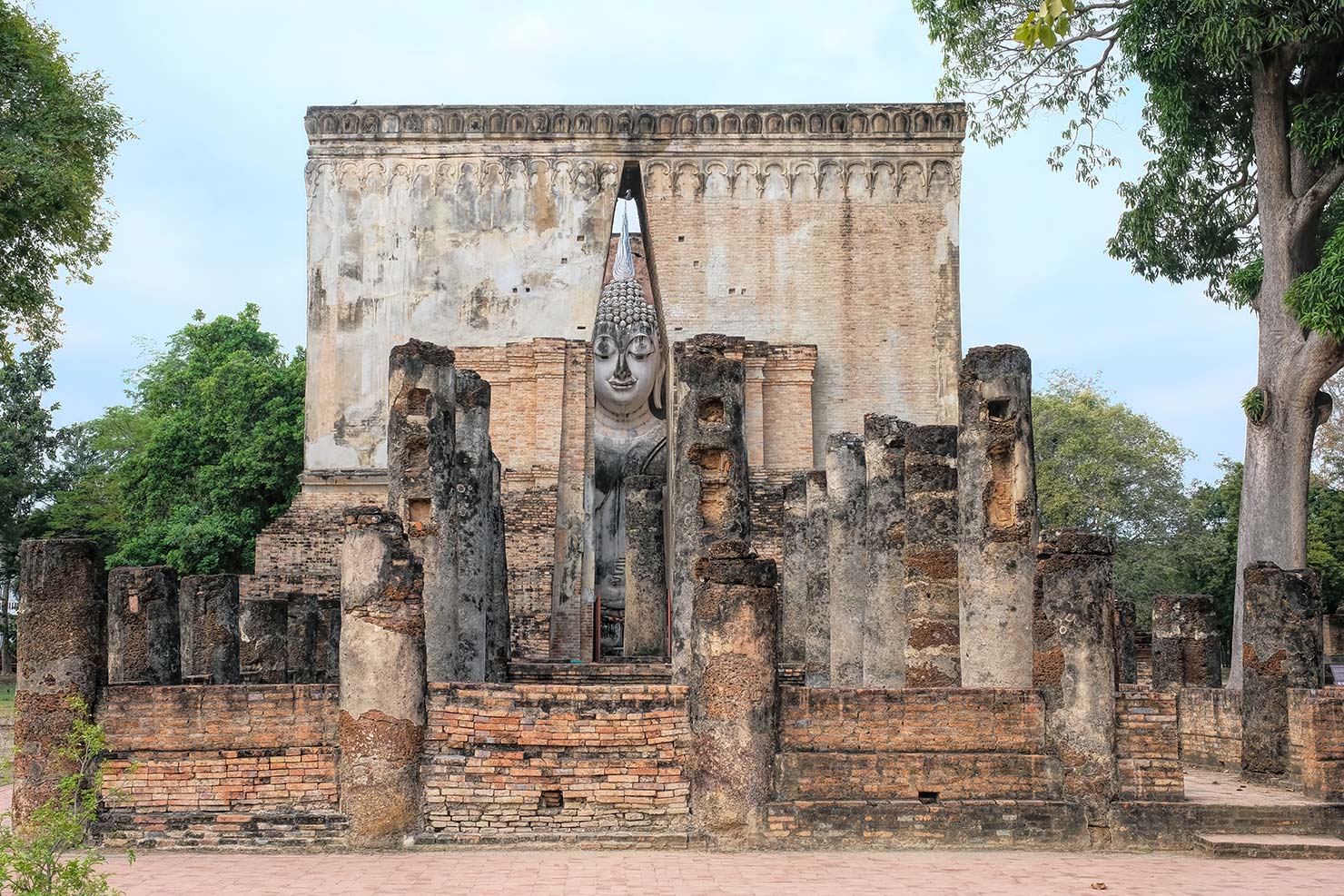
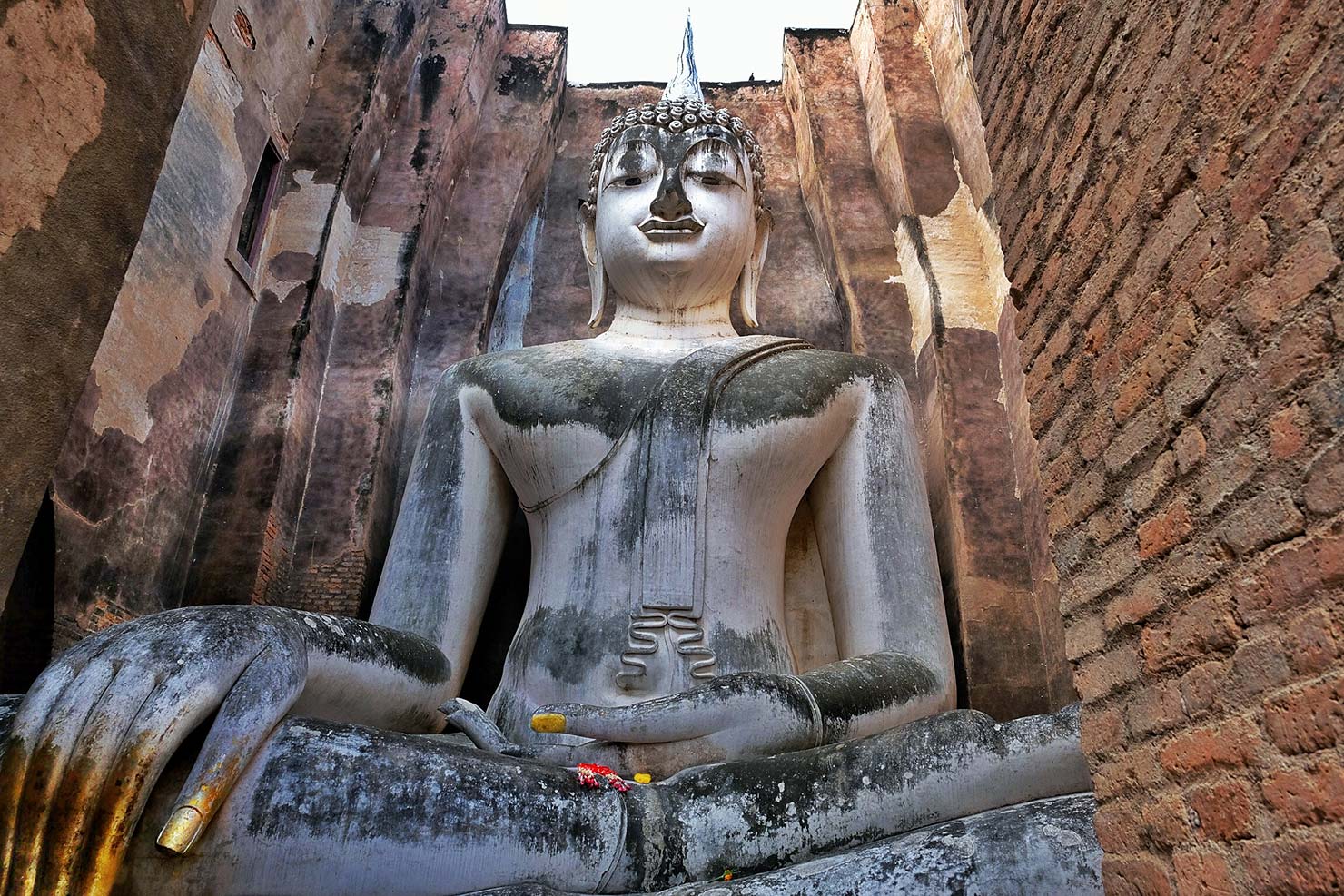
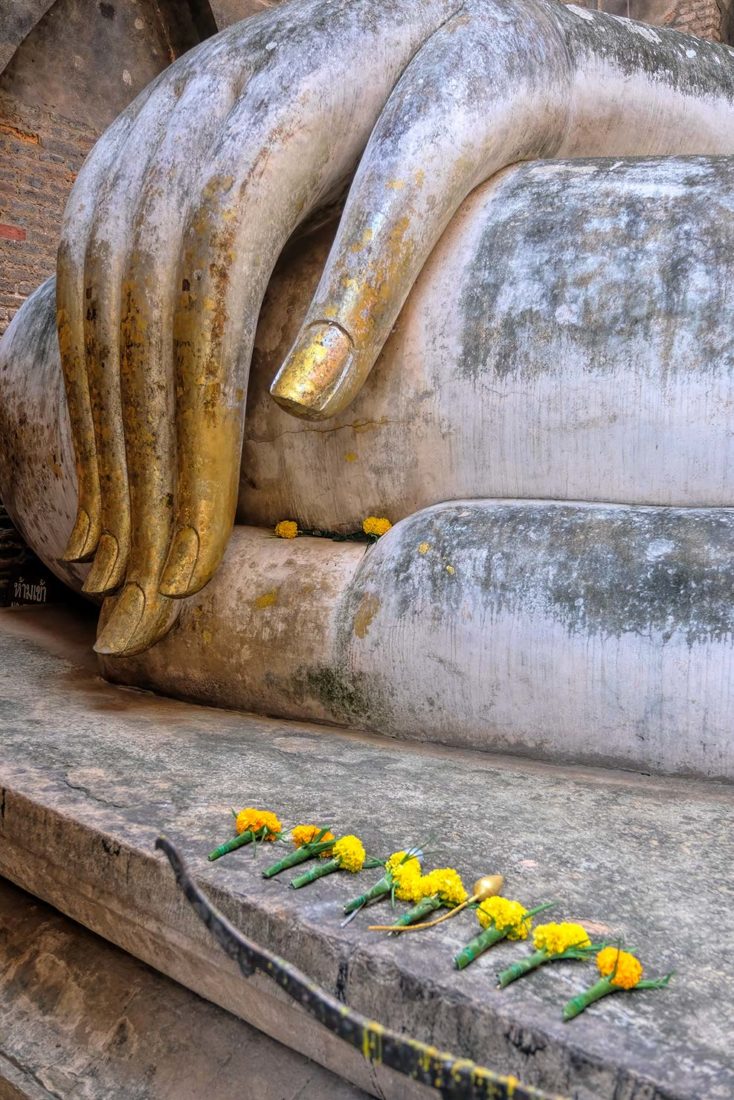
Word of Sukhothai’s stunning architecture and prolific monasteries spread far and wide, attracting Buddhist monks from across Asia. By the end of the 14th century, Sukhothai was one of the largest centers of Buddhism in the world. For the next 150 years, the Kingdom of Sukhothai flourished as a center of architecture, culture and art. Among the most notable accomplishments was the perfection of a process to produce high quality ceramics. Pieces produced in Sukhothai were in high demand and were exported throughout Southeast Asia.
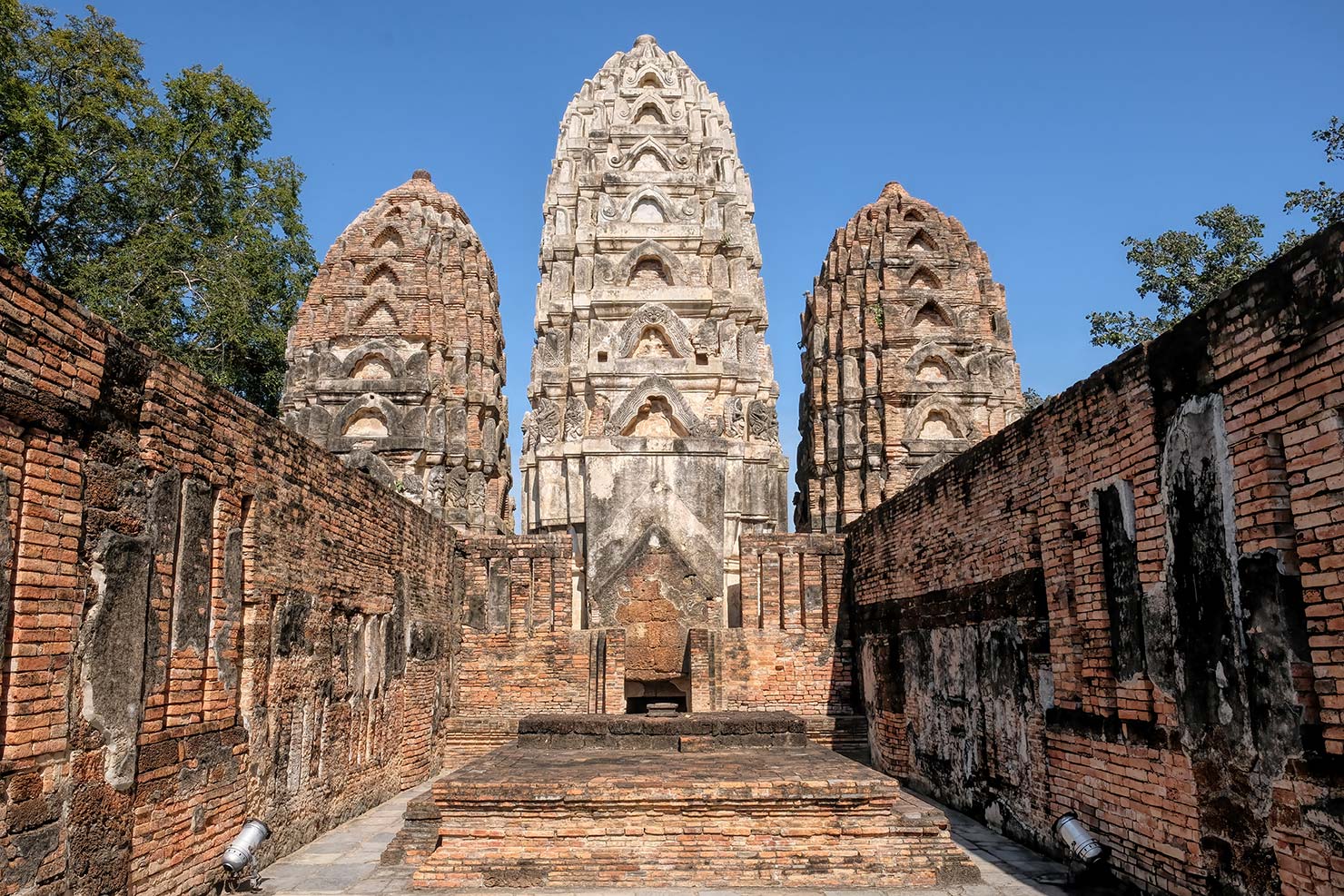
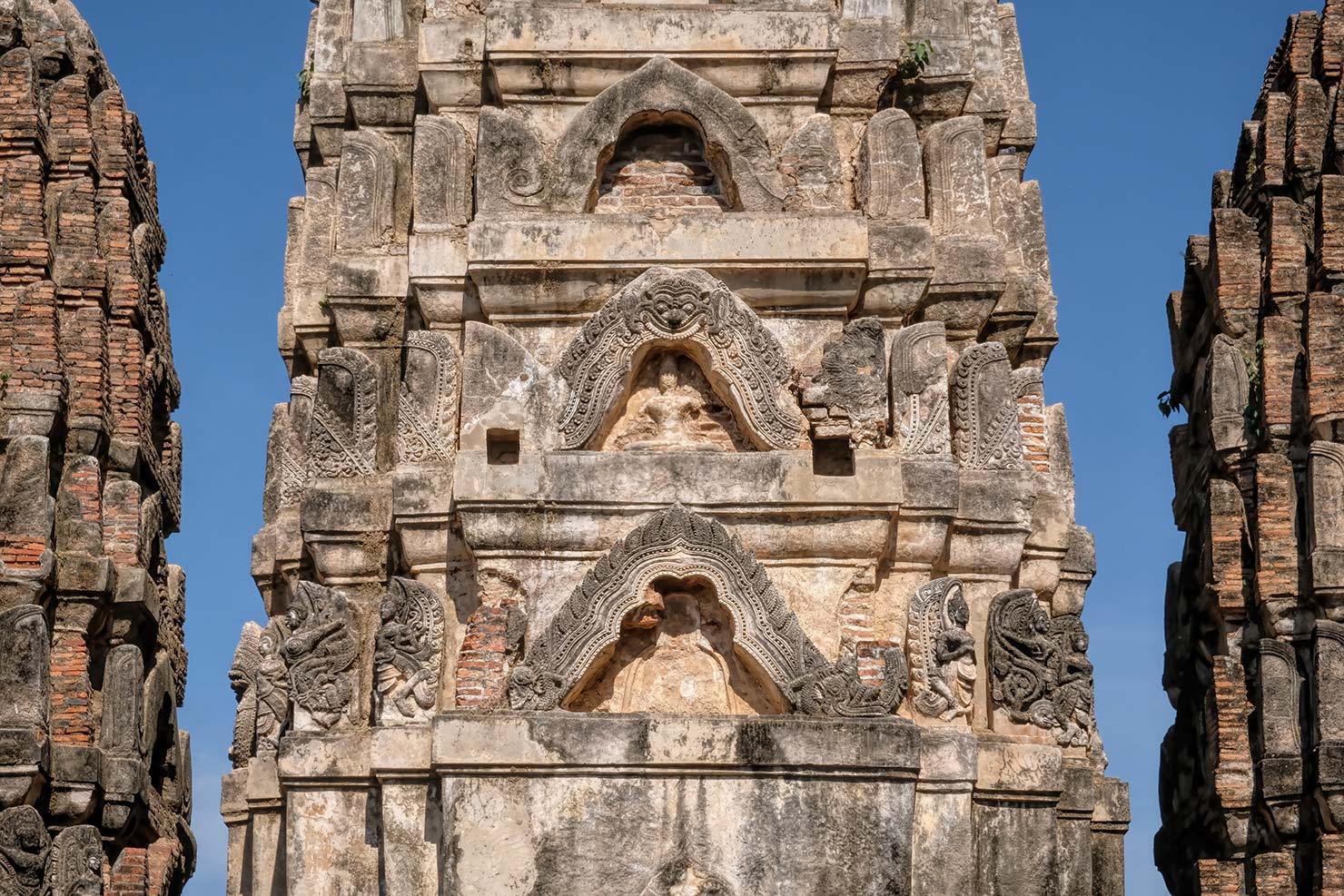
“Interestingly, the new rulers converted the old Hindu temples into Buddhist Wats rather than raze them.”
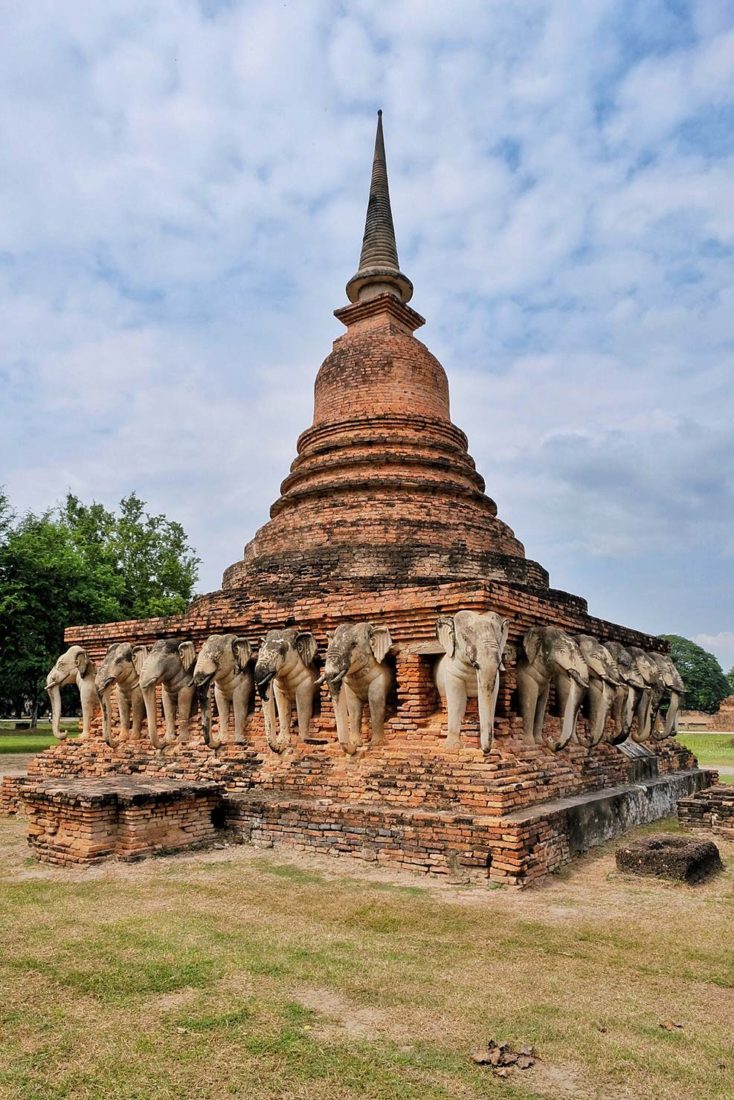
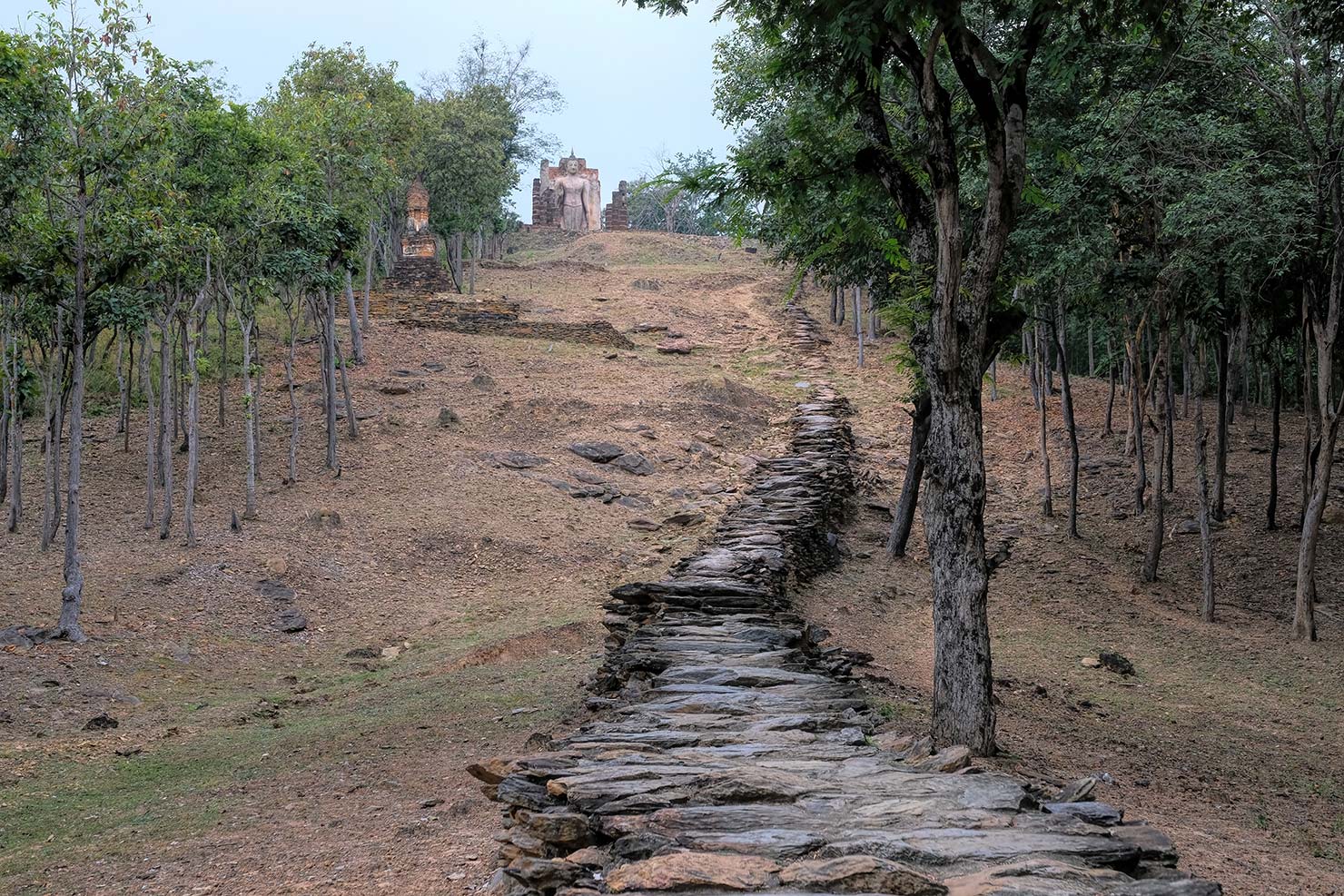
During this period, a distinct style of art emerged that became known as the Sukhothai style. Defined by graceful curves and elegant lines, it is best known for its bell-shaped stupas and lotus-bud finials. These characteristics are still visible today in the extensive ruins of what was once the cities of Sukhothai and Si Satchanalai. Interestingly, the new rulers converted the old Hindu temples into Buddhist Wats rather than raze them. The eclectic mixture of the newer Buddhist architecture with Hindu-style prangs, some of which still feature carvings of Shiva above the door lintels, is one of the more fascinating aspects of the ruins.
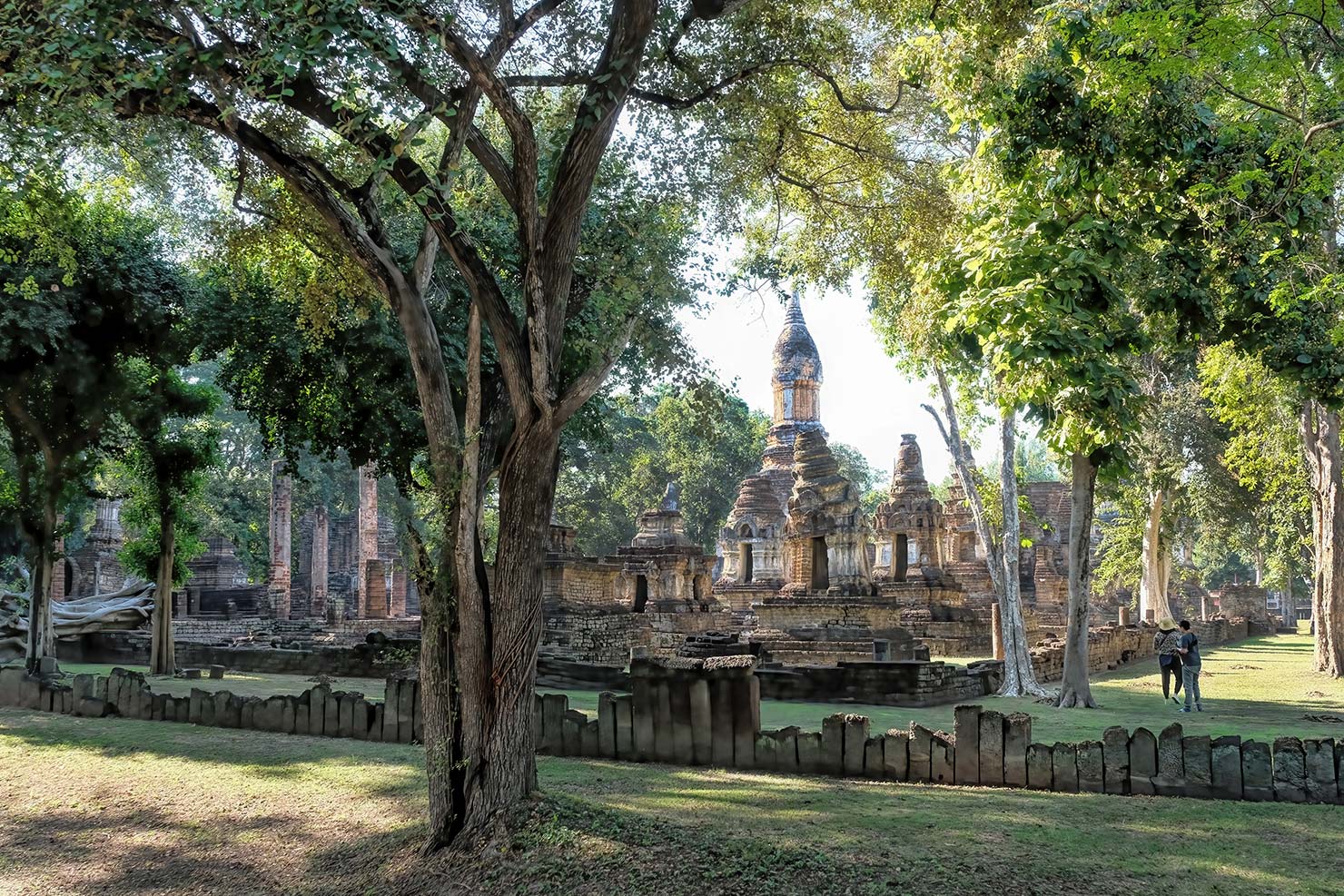
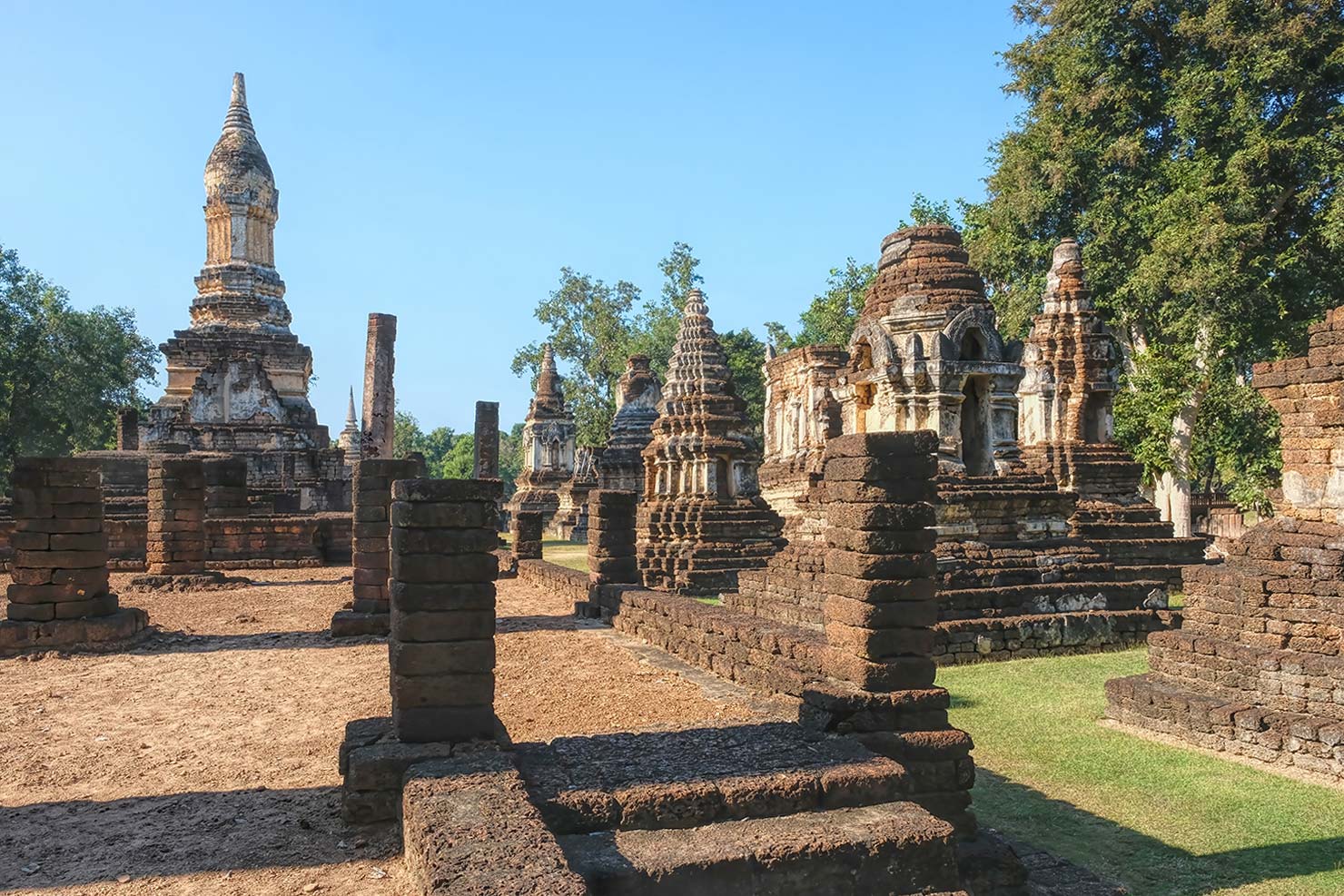
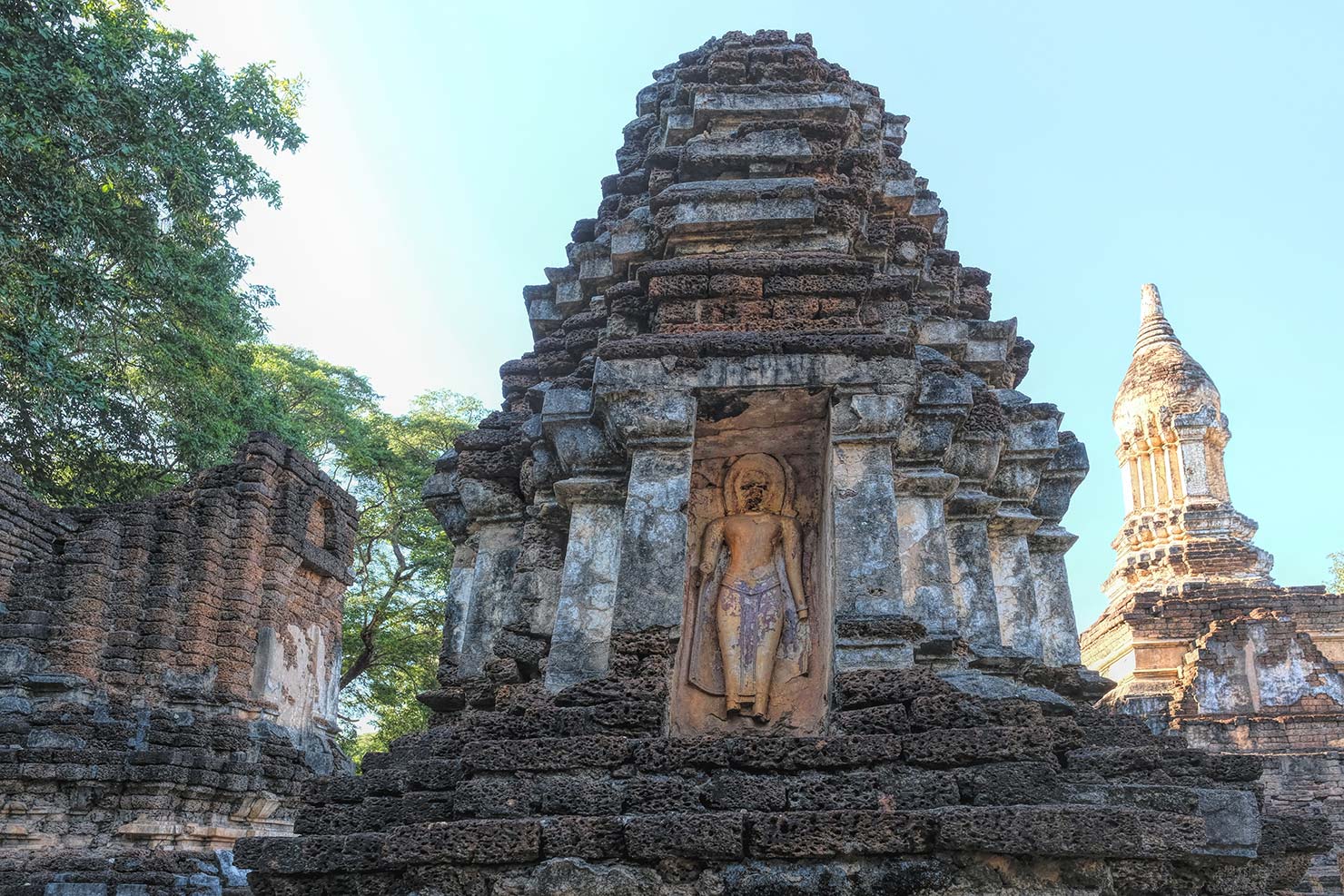
Alas, the Kingdom of Sukhothai was to meet the same fate as its predecessor when it became too powerful. Ayutthaya, a rival Thai kingdom in the south, perceived Sukhothai as a threat and challenged its sovereignty. Gradually, Ayutthaya annexed or conquered territories belonging to Sukhothai. By 1438, Sukhothai had succumbed and Ayutthaya became the new capital city of Thailand.
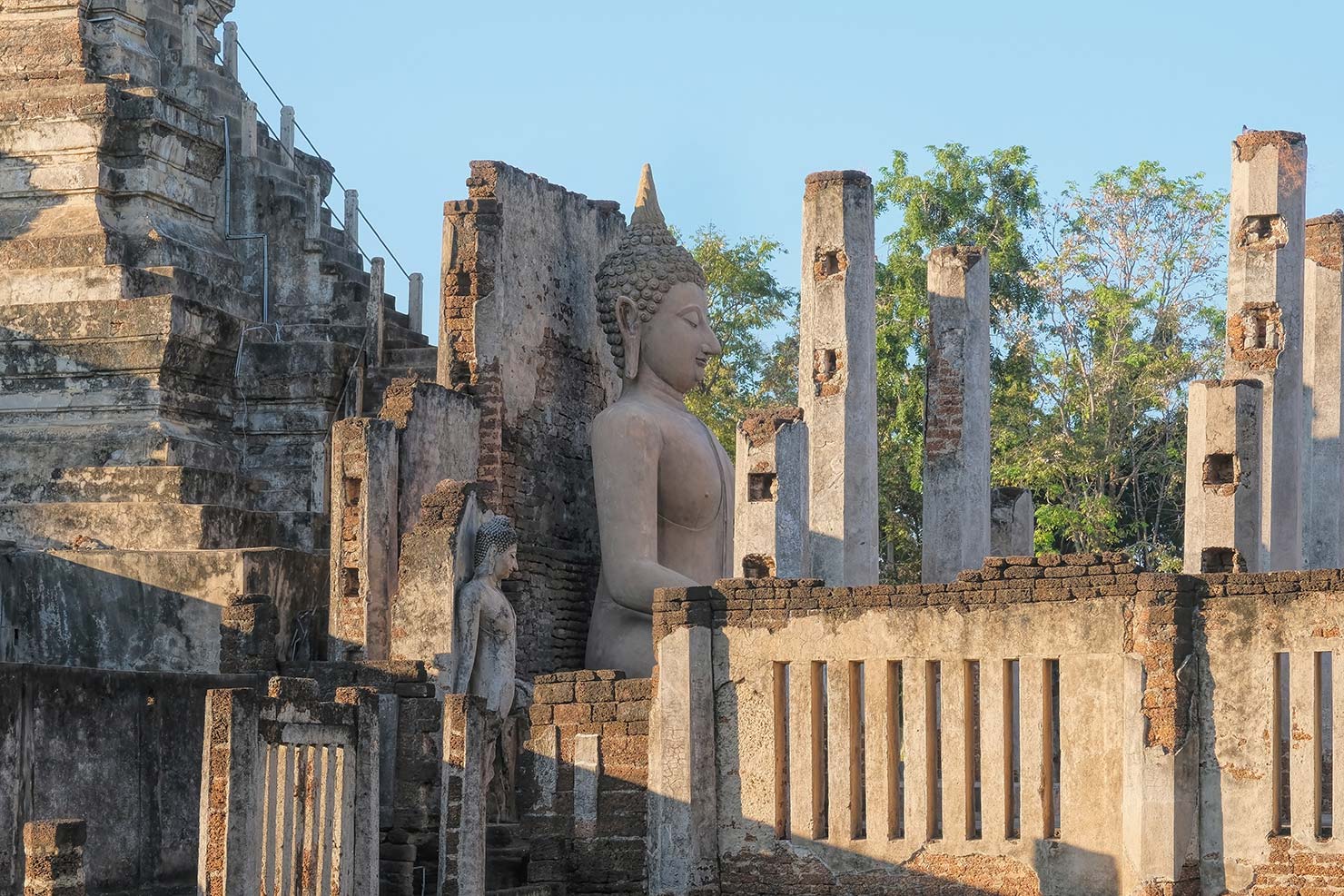
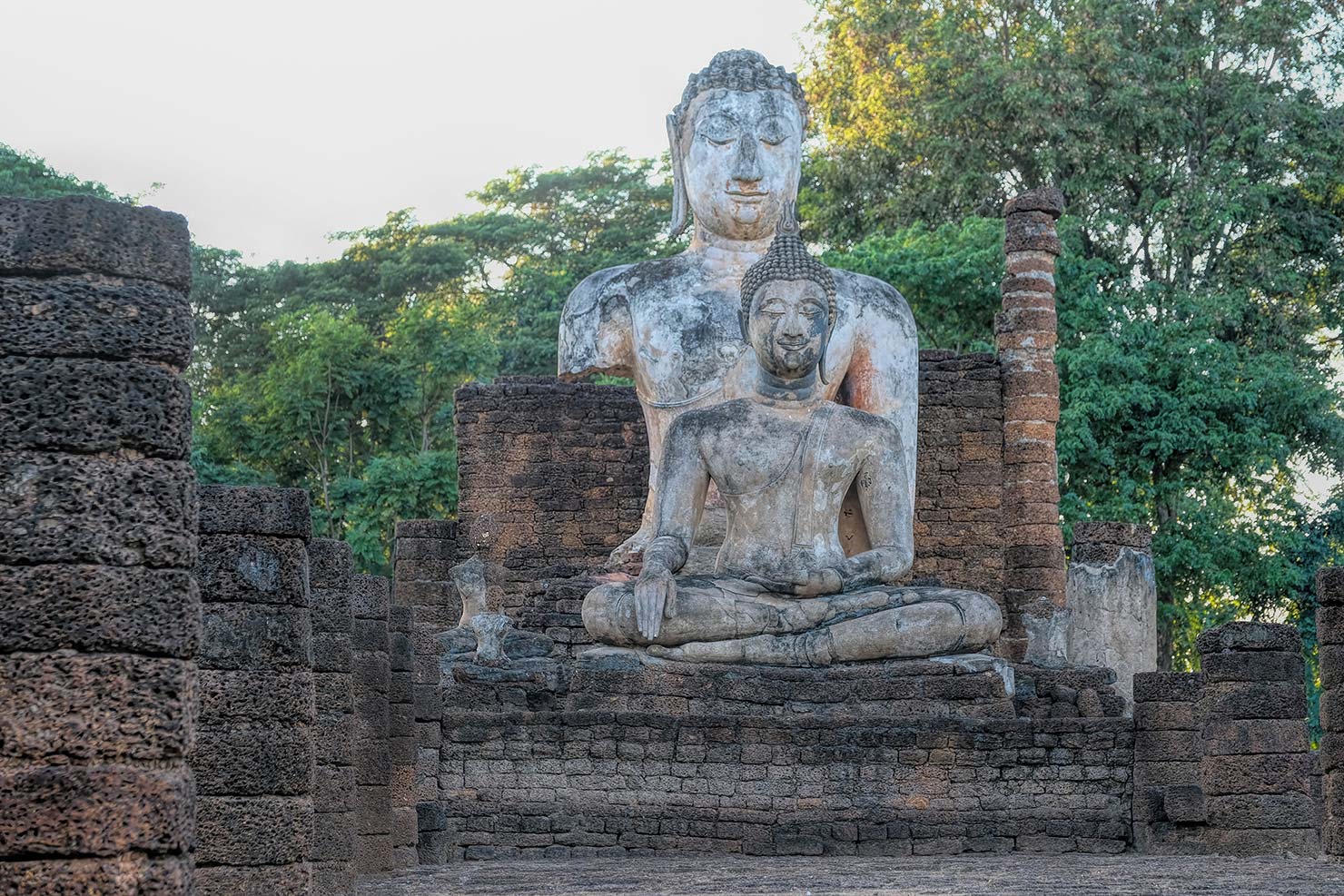
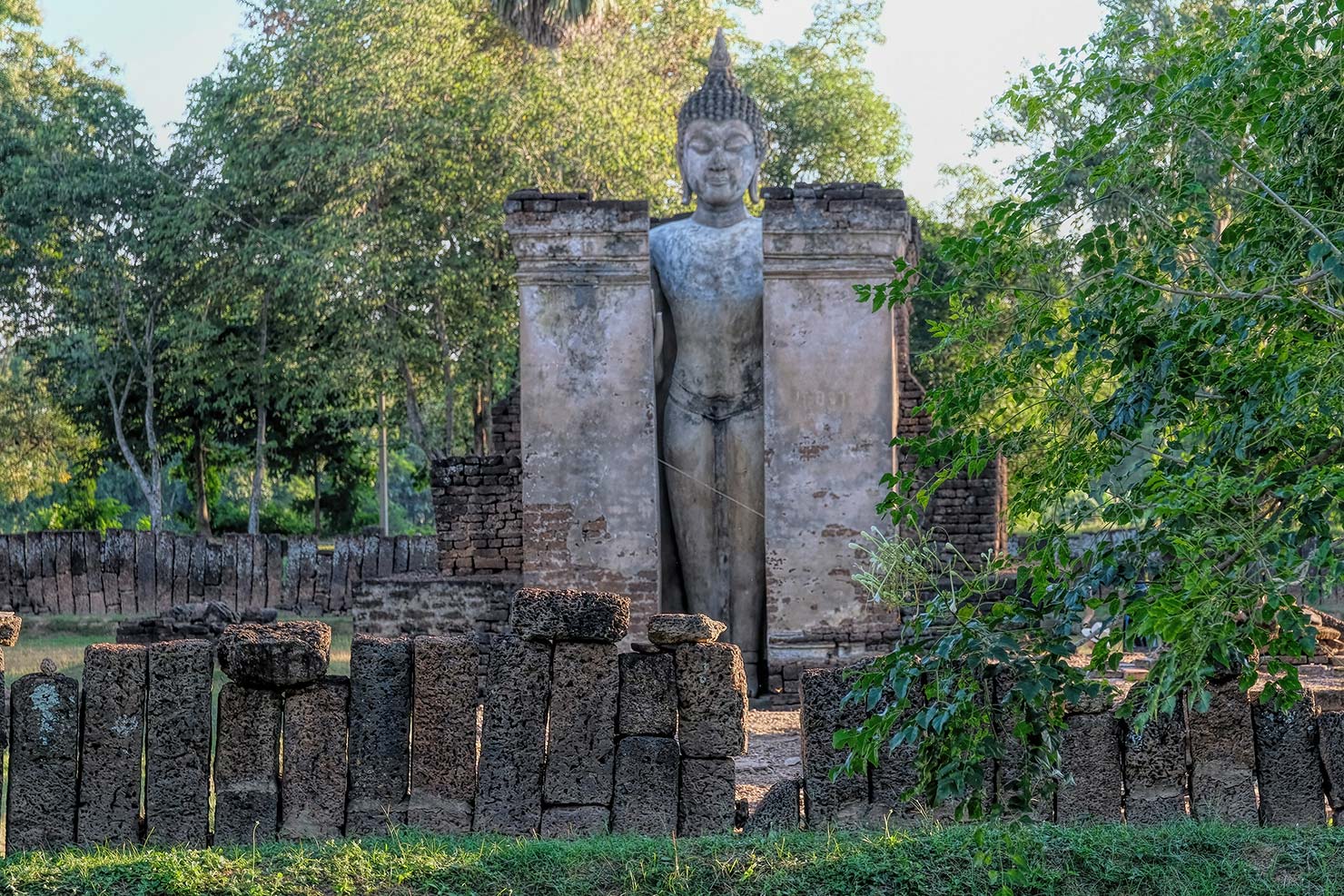
The ruins of Sukhothai, Si Satchanalai, and a third nearby district known as Kamphaeng Phet, were inscribed as a UNESCO World Heritage Site in 1991. The historic areas are separated from present day villages and have been designated as National Parks. The only development allowed within the historic boundaries is that deemed necessary for site protection, conservation, and interpretation. All roads have been diverted around the parks and the historic landscapes of the sites have been preserved. Activities within and around the monuments (most of which are the remains of former temples or Buddhist monasteries) are strictly controlled.

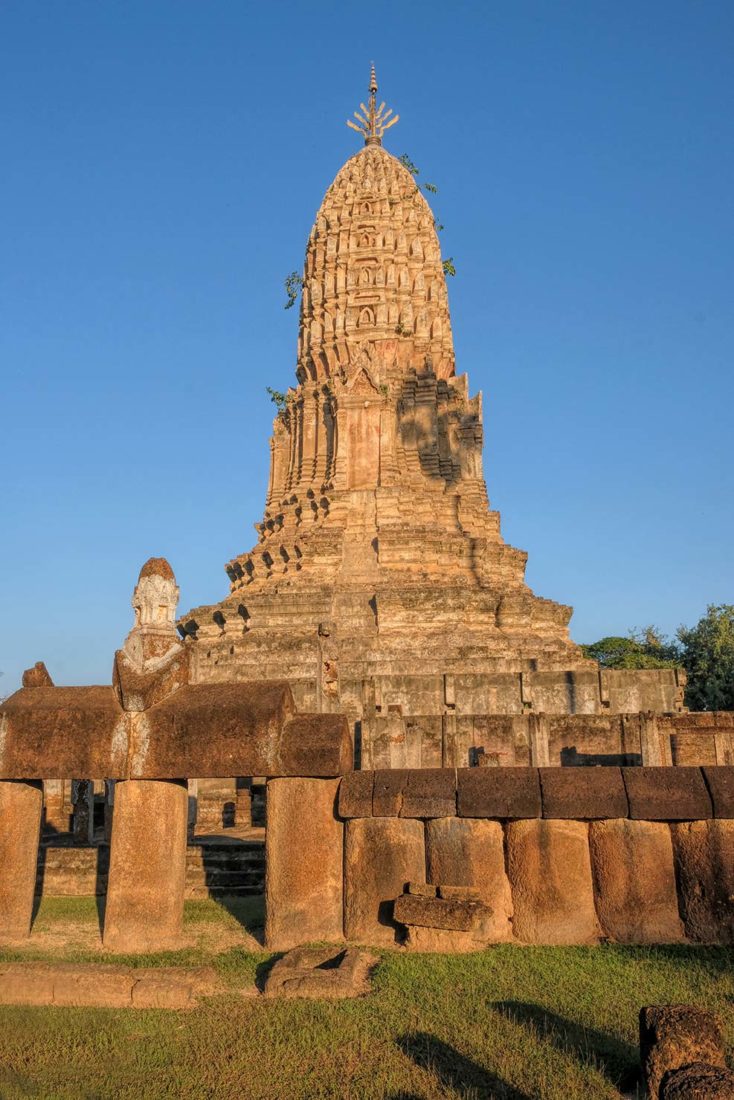
“In my opinion, these conservation efforts ensure that Sukhothai and Si Satchanalai are among the best preserved and well managed historic sites in the world.”
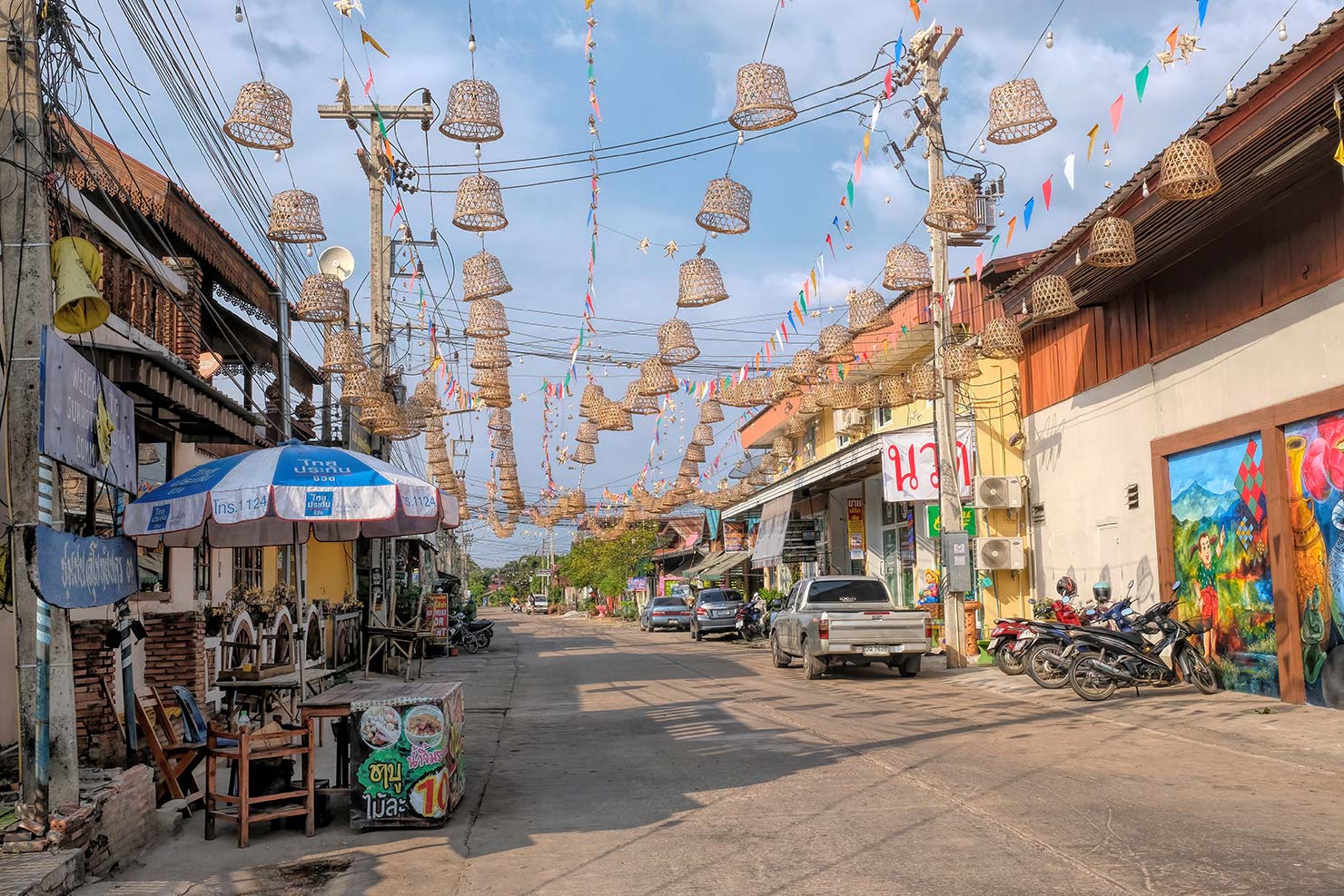
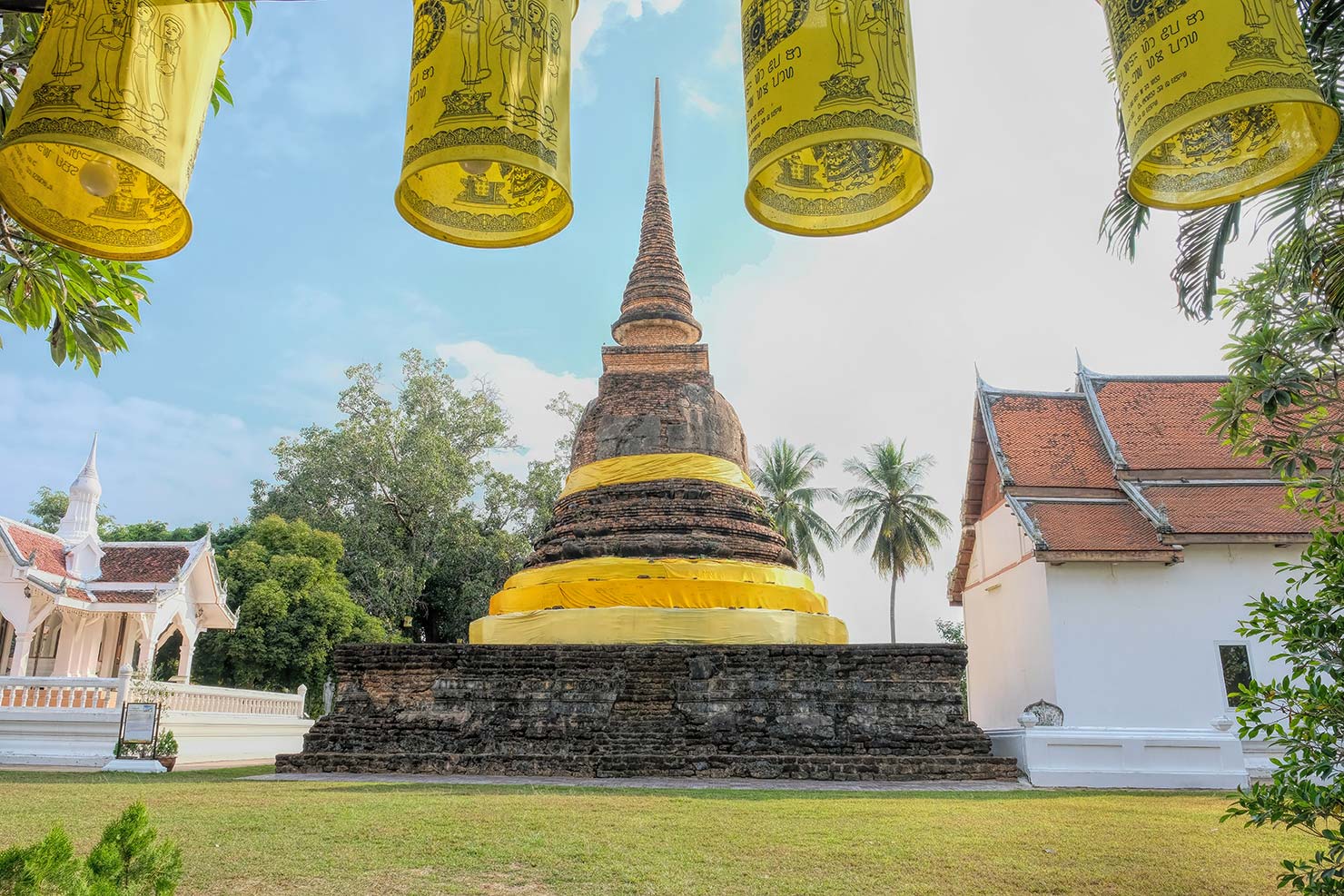
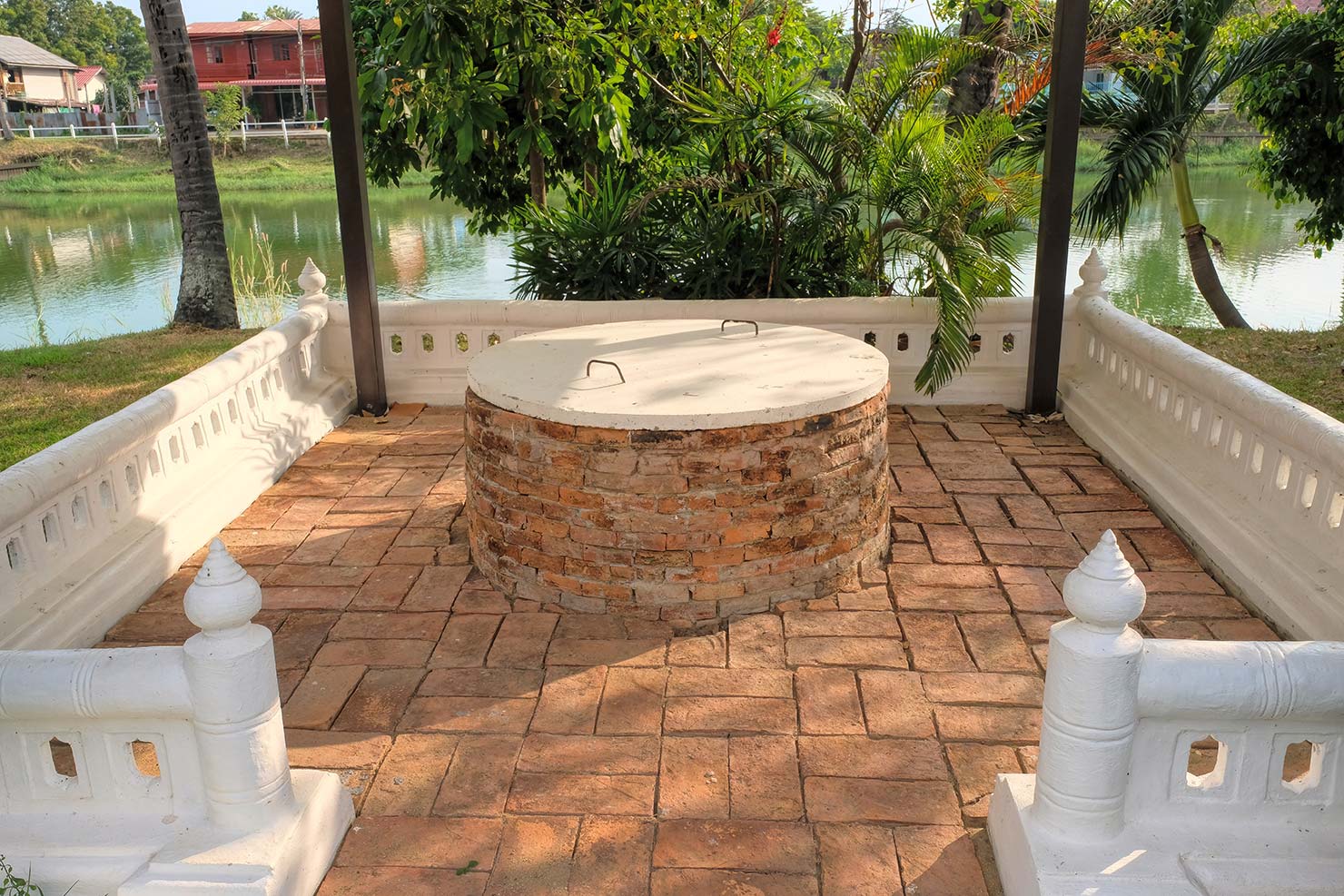

In my opinion, these conservation efforts ensure that Sukhothai and Si Satchanalai are among the best preserved and well managed historic sites in the world. At Sukhothai and Si Satchanalai I felt like I had entered a portal that transported me 800 years back in time. Traffic sounds were replaced by birds chirping. There were no backpackers climbing on ancient walls to perform Yoga poses. There was no trash on the ground. The handful of visitors I encountered spoke in hushed tones as they gaped at massive Buddha images within ancient temples. The experience was ethereal and otherworldly.
I later learned later that the word Sukhothai means “Dawn of Happiness” or “Emergence of Joy” in Sanskrit. I cannot think of a better description for these historic ruins and I am extremely grateful that I got to experience them at the height of COVID, when few people were traveling. The crowds will undoubtedly return, but even if they do, Sukhothai and Si Satchanalai should be on the itinerary of anyone planning a visit to Thailand.
